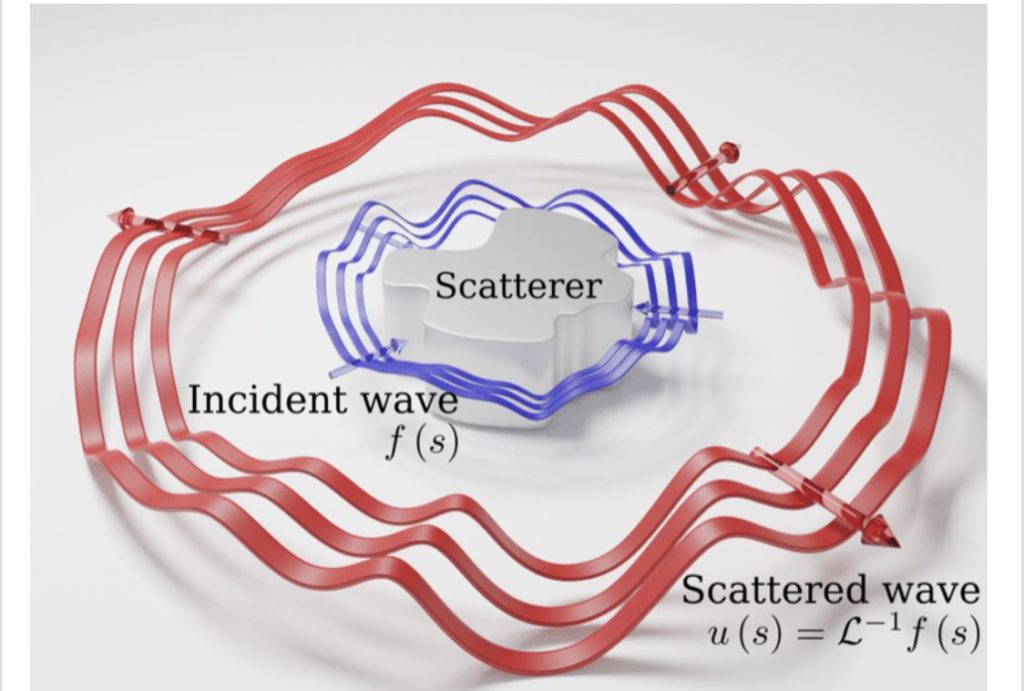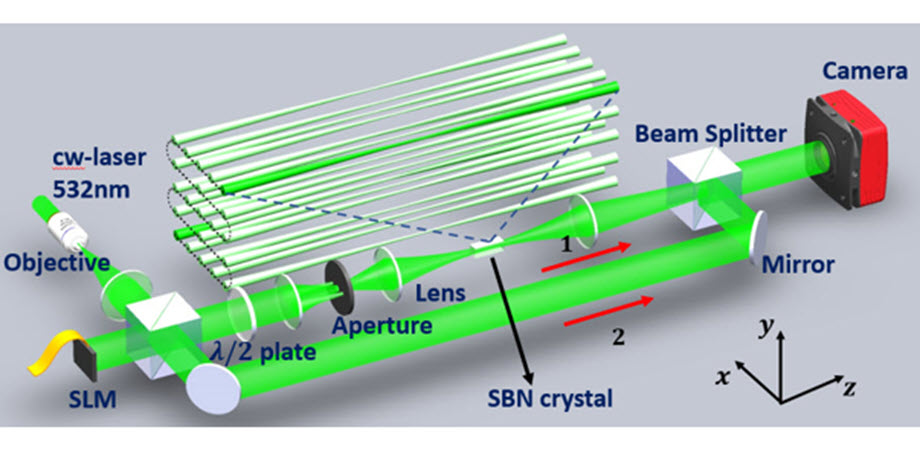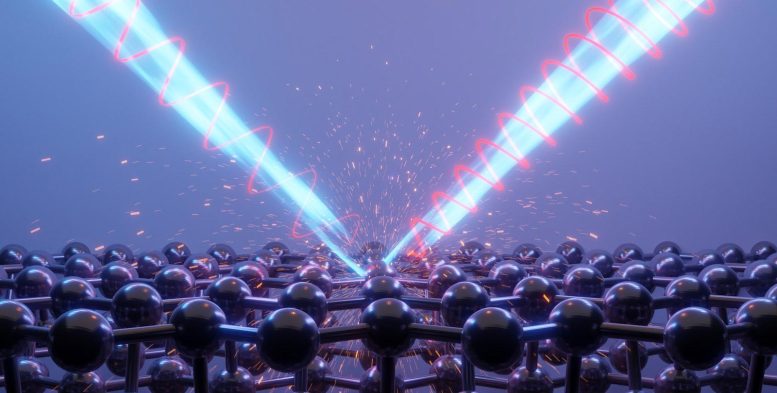
Computers are an indispensable part of our daily lives, and the need for ones that can work faster, solve complex problems more efficiently, and leave smaller environmental footprints by minimizing the required energy for computation is increasingly urgent. Recent progress in photonics has shown that it’s possible to achieve more efficient computing through optical devices that use interactions between metamaterials and light waves to apply mathematical operations of interest on the input signals, and even solve complex mathematical problems...
Read More









Recent Comments